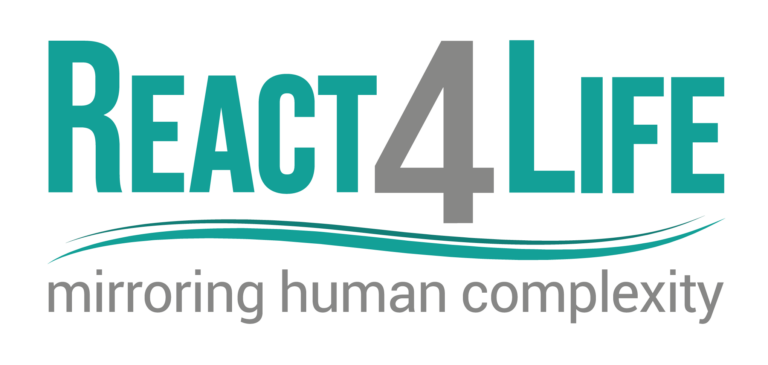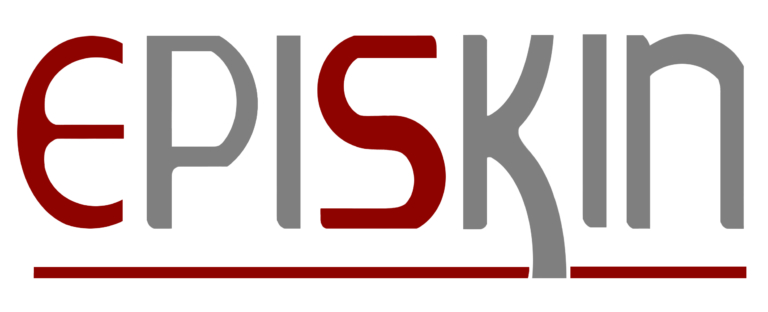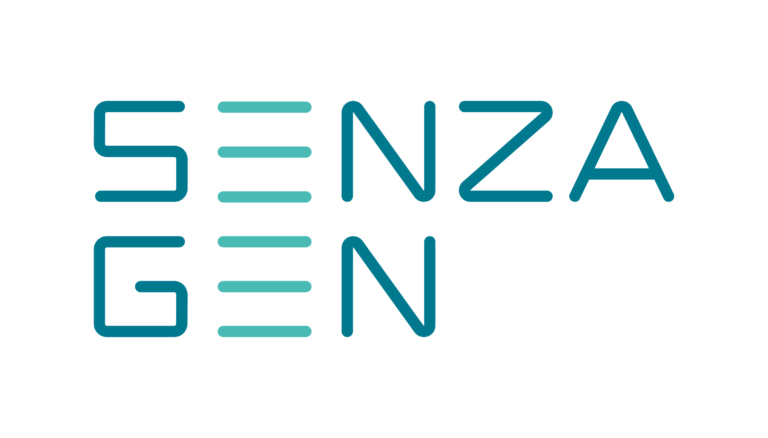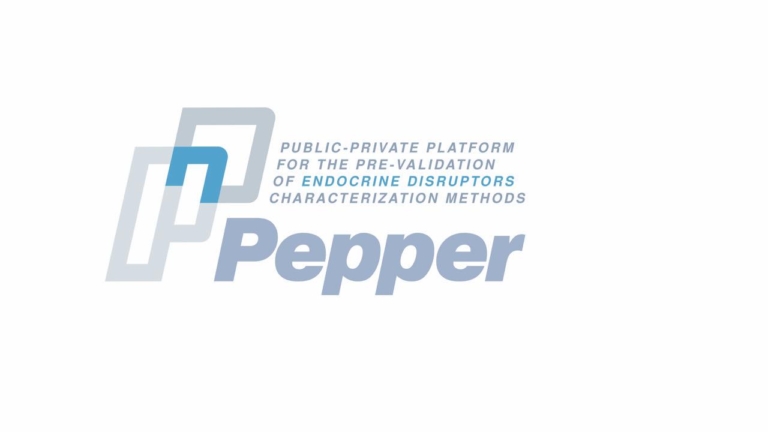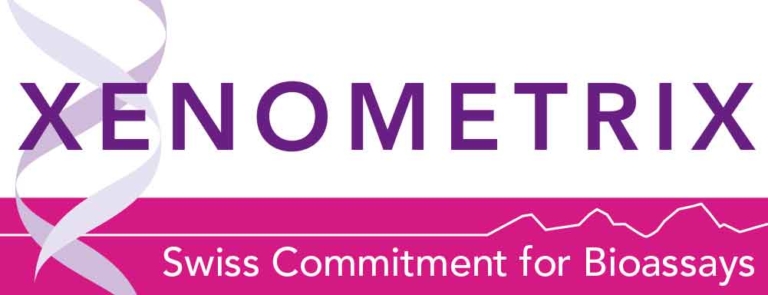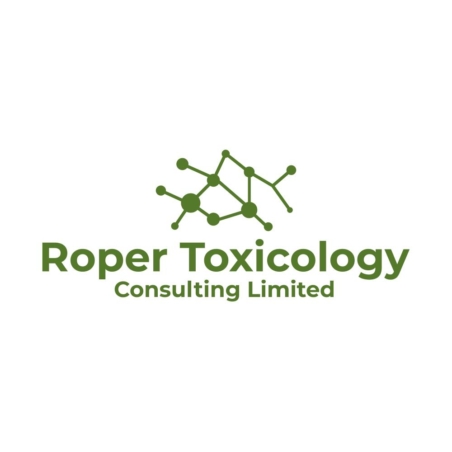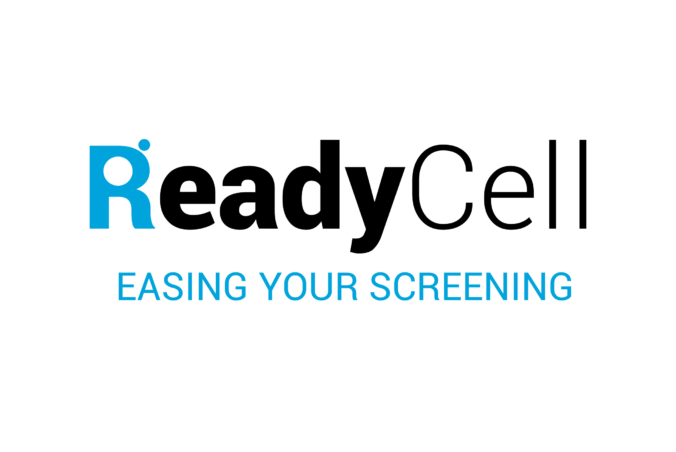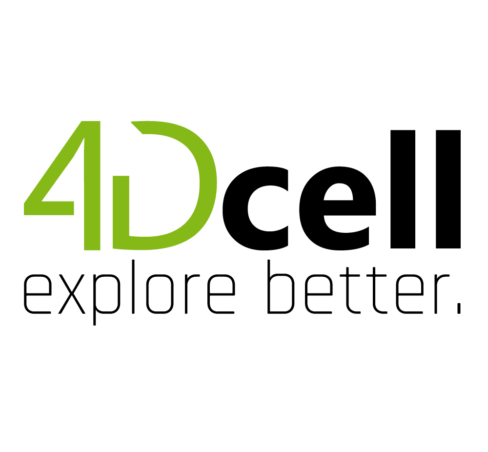We’re excited to announce that registration is now open for the upcoming joint ASCCT-ESTIV webinar titled “The Latest in Liver Toxicity Assessment In Vitro,” which will feature presentations by Magnus Ingelman-Sundberg, PhD, BSc.Med from the Karolinska Institutet, and Mathieu Vinken, PhD, PharmD, ERT from Vrije Universiteit Brussel. Please find the presenters’ abstracts below.
Date & Time: May 24, 2023
10:30 am – 12:00 am ET / 04:30 – 18:00 pm – in Europe
Register here: https://us06web.zoom.us/webinar/register/WN_N73uDuXZTFe30BbCdmwMNg#/registration
Liver spheroids as an in vivo like human in vitro system for prediction of NASH, drug metabolism and drug-induced hepatotoxicity
Presented by Magnus Ingelman-Sundberg, PhD, BSc.Med
Drug development is a challenging pursuit, with over 85% of drugs failing during clinical development due to inadequate preclinical systems for compound selection. Liver toxicity is a significant contributor to these safety failures, and despite numerous attempts to develop pharmacological therapies for chronic liver diseases, including NASH and fibrosis, success has remained elusive. Given the costs and patient burden associated with clinical trials, novel strategies are urgently needed to improve success rates. One promising approach involves using human liver spheroids, which can maintain patient-specific phenotypes and functions for several weeks in culture. In this lecture I explore recent applications of liver spheroids for analyzing drug-induced liver toxicity, evaluating the disposition and metabolism of low clearance drugs, and developing treatments for metabolic and infectious liver diseases. With increased use, liver spheroids have the potential to become the new gold standard in translational pharmacology and toxicology.
In vitro prediction of liver toxicity using adverse outcome pathways
Presented by Mathieu Vinken, PhD, PharmD, ERT
Adverse outcome pathways (AOP) and their networks are tools to capture and visualize mechanisms of toxicity. A multitude of AOPs and AOP networks related to liver toxicity has been introduced over the past decade. This is not a surprise, as the liver is the poison control center of the body due to its unique location and function. The present webinar will focus on the development and practical validation of an AOP network mechanistically describing the accumulation of noxious bile acids in the liver or so-called cholestasis induced by chemical compounds, including pharmaceutical drugs, food additives and cosmetic ingredients. It will be demonstrated how this AOP network can serve as the conceptual basis for reliable in vitro detection and prediction of chemical-induced cholestatic liver injury.
——————————————
We’re currently working on developing the 2023 ASCCT-ESTIV webinar series, so please continue to check our websites and calendars for more information.
 The ESTIV Members Area
The ESTIV Members Area